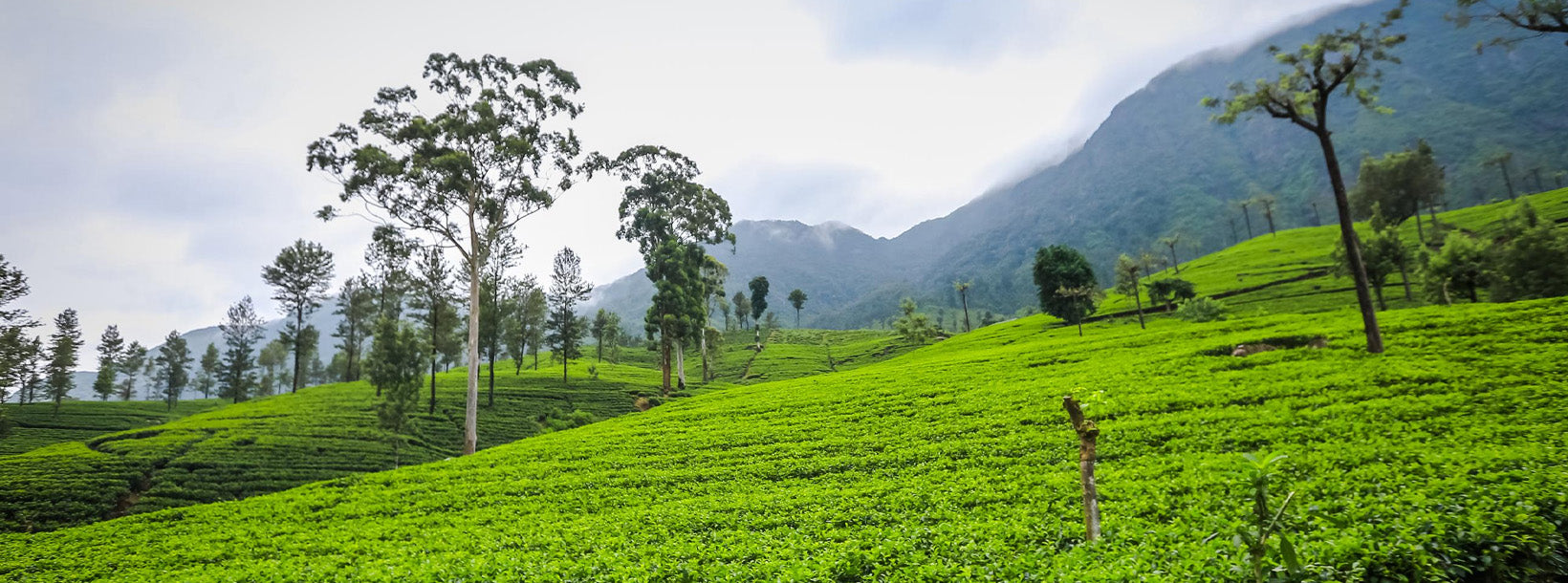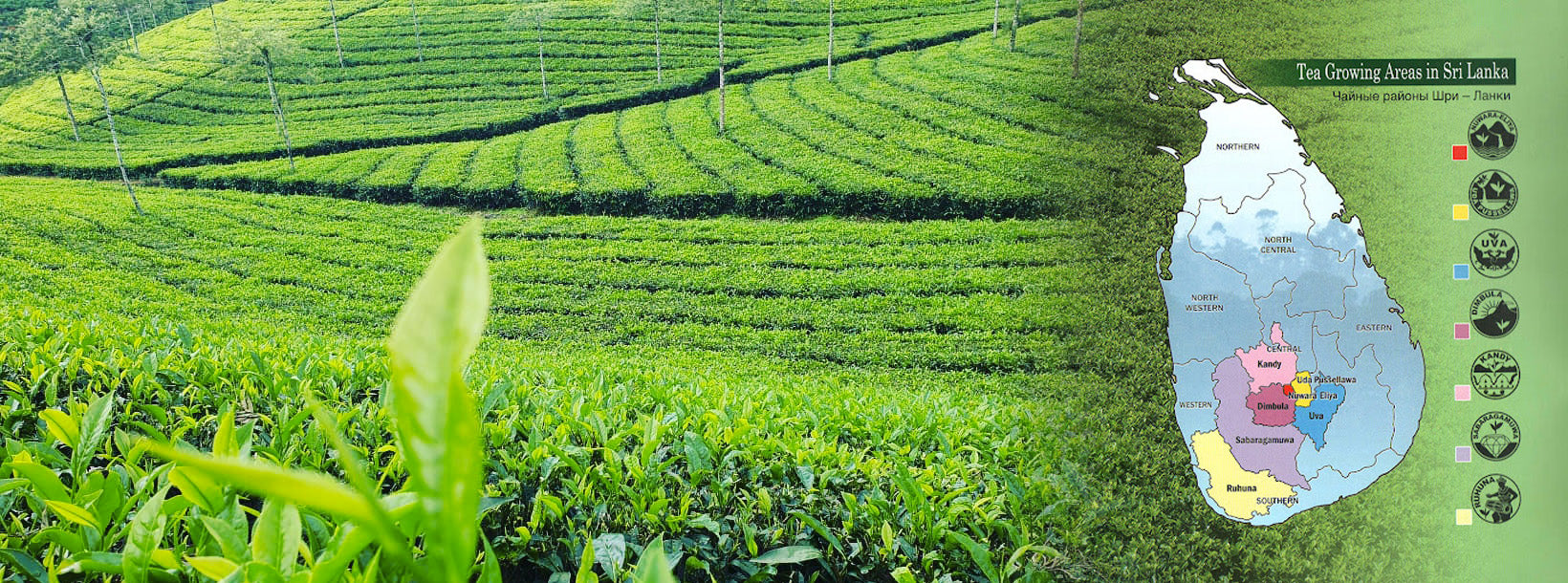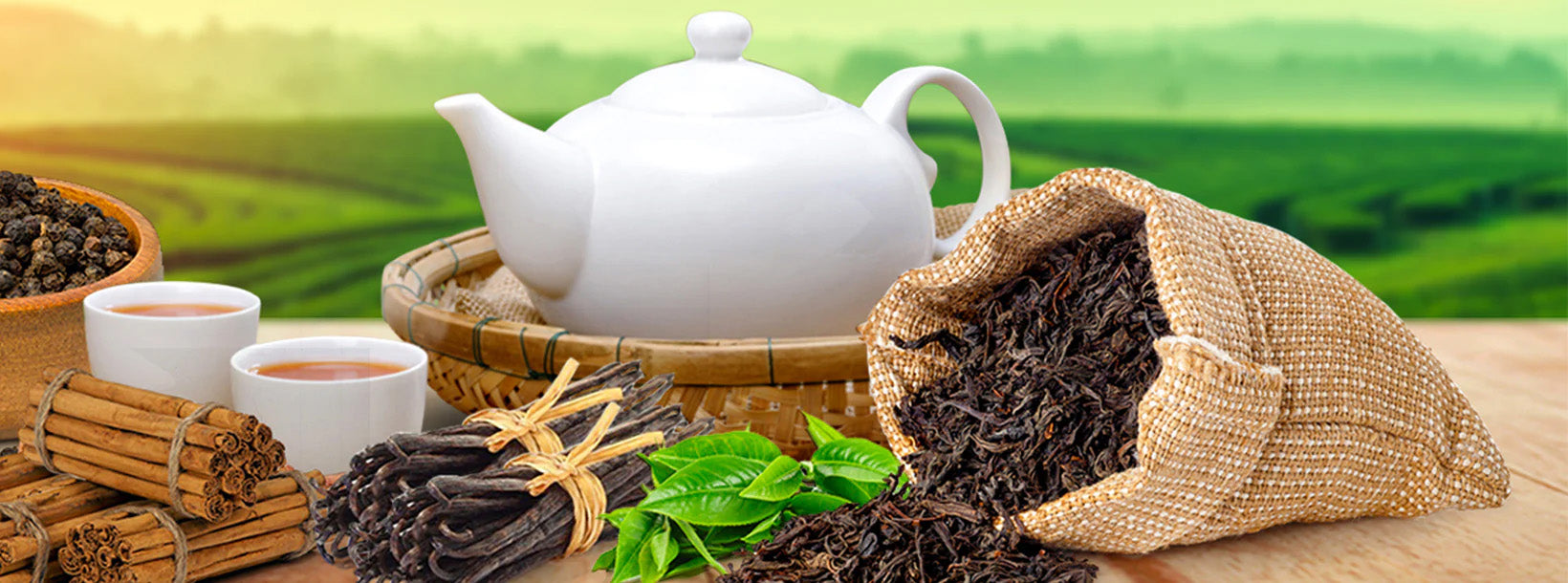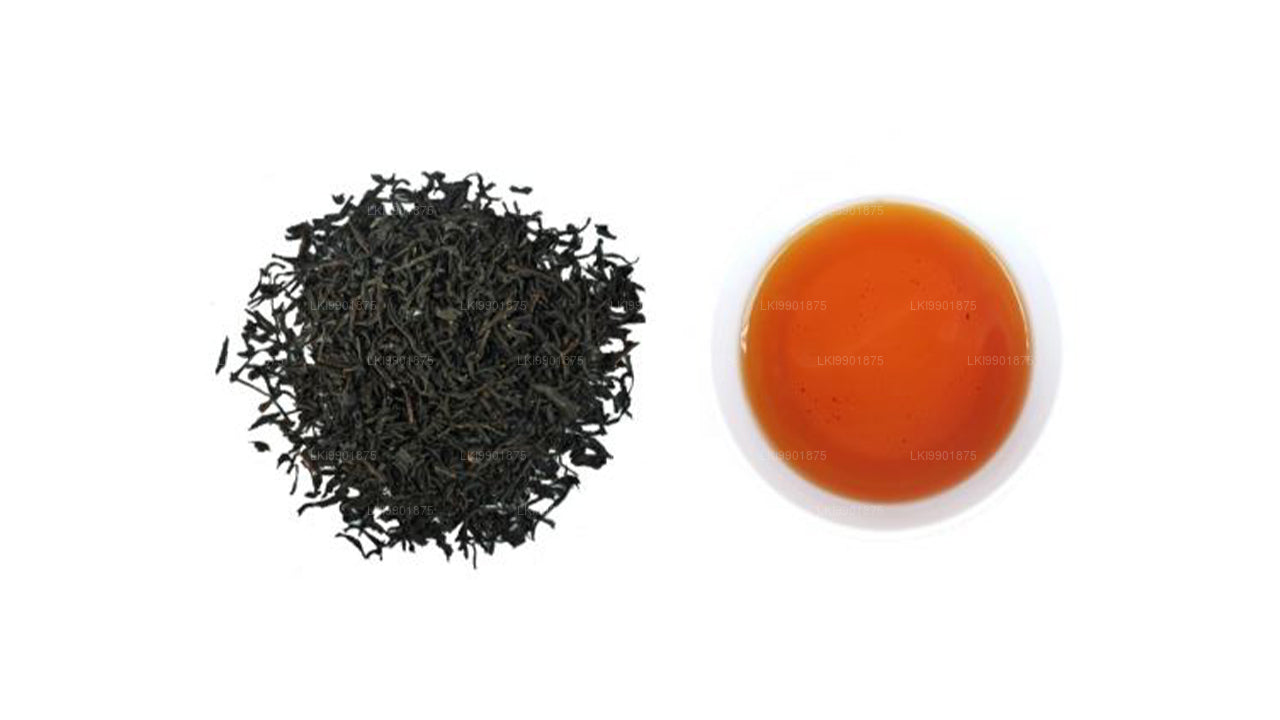
Plantacje herbaty
Herbaciane plantacje Sri Lanki, zlokalizowane głównie na centralnych wyżynach, słyną z produkcji jednych z najlepszych herbat na świecie. Te bujne plantacje, takie jak te w Kandy, Nuwara Eliya i Hatton, oferują malownicze krajobrazy i bogatą historię. Plantacje te w znacznym stopniu przyczyniają się do gospodarki kraju, eksportując wysokiej jakości herbatę cejlońską na cały świat.

Regiony herbaty cejlońskiej
Napar w Twojej filiżance ma swoją historię. Mówi o łagodnych wzgórzach, obfitym słońcu i bujnych prowincjach. Na Sri Lance większość herbaty produkowana jest w prowincjach centralnych i południowych. Zróżnicowane wysokości i mikroklimaty wpływają na charakterystyczny smak, kolor, aromat i sezonowość herbaty cejlońskiej.

Gatunki czarnej herbaty cejlońskiej
Herbata cejlońska, jaką znamy obecnie, występuje w różnych odmianach, charakteryzujących się unikalnymi smakami i aromatami. Oprócz różnorodności herbat, istnieją również odmiany, na które herbata cejlońska została podzielona.
Tea FAQ
What are the main types of tea? Black, green, white, oolong, and herbal teas. Each type differs in processing and oxidation level.
How should I store tea? Store tea in a cool, dry place in an airtight container, away from light, moisture, and strong odors.
How long should I steep tea?
- Black tea: 3–5 minutes
- Green tea: 2–3 minutes
- Herbal tea: 5–7 minutes
Does tea have caffeine? Yes. Black and green teas contain caffeine. Herbal teas like chamomile or peppermint are typically caffeine-free.
What’s the difference between loose leaf and tea bags? Loose leaf tea generally offers better flavor and quality. Tea bags are more convenient but often contain smaller, lower-grade tea particles.
Can I reuse tea leaves? Yes, especially for green and oolong teas. Reuse within the same day and adjust steeping time slightly for each brew.
Is tea healthy? Yes. Many teas are rich in antioxidants and may support heart health, digestion, and relaxation when consumed regularly and moderately.









